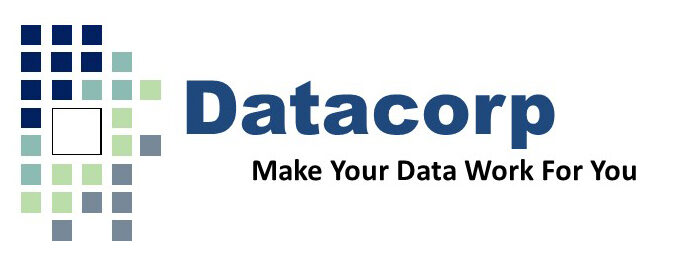
Twenty-one years ago, we made what turned out to be a fortunate discovery at Datacorp. In the course of natural staff turnover, we learned that data managers and analysts didn’t do their work the same way. It’s one of those discoveries you don’t necessarily make until it’s staring you in the face. You’ve got a deadline and no one is 100% sure how a dataset has been handled and the best and most efficient way to proceed. We decided straight away that formal data management policies and procedures were needed.
We formed a Data Management Steering Committee made up of two scientists, two data analysts, a data manager, and a research assistant. We deliberately included a group of people that represented the company policy makers as well as end users. The group created a transparent infrastructure for everything from standardized cleaning rules to the company’s overarching file structure. We reaped the benefits immediately. Anyone could find anything in our file structure at any time. But most importantly, our standardization of practices is where the benefits of this effort were fully realized.
The Data Management Steering Committee expanded and evolved into our present day Data Governance Board. Our Data Governance Board makes high-level decisions about how data are handled. It is responsible for data quality, data policies, processes, and risk management related to data handling. For instance, when we instituted our variable warehouse, there were a host of decisions that had to be made from both a scientific and technical perspective. Occasionally the Board revisits issues as company needs change over time.
Twenty-one years later, we continue to see the value of this early effort. Our policies and practices have made it easier to train new staff, transition projects from one staff member to another, oversee and monitor project progress, and understand how data have been handled from start to finish. Additionally, our clients benefit from the consistency and efficiencies applied in the work delivered to them.
